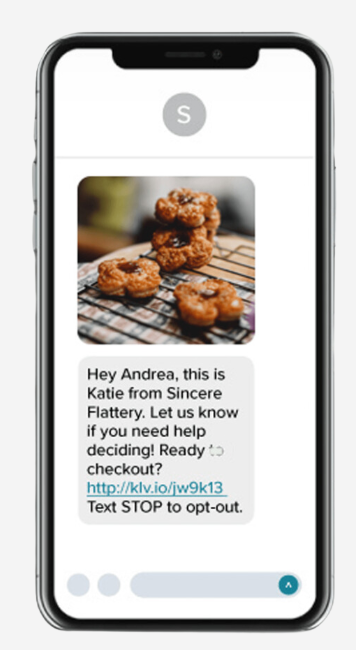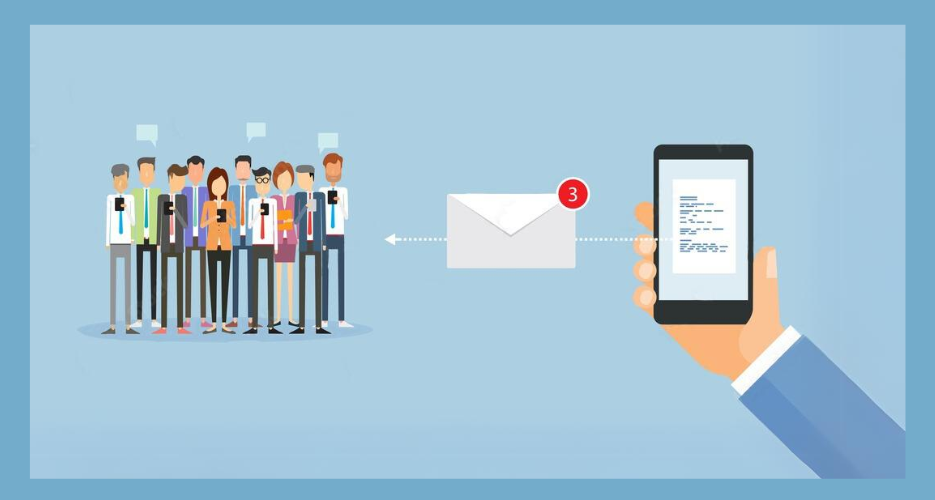With over a third of Irish people checking their phones at least 50 times per day and two-thirds admitting to using their phones when they wake up (Irish Independent, 2022) it is clear that SMS is a powerful marketing tool but it is important to look at the best practices to set up SMS marketing before jumping in. In this blog, we are going to take a look at the advantages, disadvantages, and some other helpful hints when it comes to integrating SMS into your business communications plan.
What is SMS Marketing?
SMS marketing uses text messages to communicate alerts and updates to consumers. It is essentially a direct line to your consumer because they have given their permission for your brand to directly contact them. Because of this, it is usually one of the higher-performing marketing methods when it comes to open rate and click-through rate.
What are the benefits of SMS marketing?
There are many benefits to using SMS to communicate with your customers including:
- SMS marketing drives consumer engagement: SMS campaigns drive an average click-through rate of 36%, 6 to 8 times that of email (4.5%) (SMS Marketing Report, Klaviyo.com)
- SMS is instant: Text tends to get our attention quickly.
- Creates a more personal connection: SMS is how we get to communicate with family and friends therefore when we receive a text from a brand, we may feel that this is a more personalised approach than an email.
- Improved Customer Experience: Text messages can provide timely updates such as order confirmation, reminders, and shipping notifications, boosting customer experience.
What are the main types of SMS marketing?
Almost 40% of businesses are now implementing SMS marketing into their marketing and communications strategy. (Adam Connell, 2024). Below are the main types of messaging being used in SMS marketing campaigns:- Promotional: Promotional SMS marketing are messages you send to increase sales and promote a new product. These can either be stand-alone campaigns or set up to be triggered by the user from an action on your website such as abandoned carts.
- Transactional: Transactional SMS are messages that follow a purchase. They usually keep the user updated on the status of their order, such as shipping updates or delivery confirmations. Many brands also use emails for these communications as users are expecting these however, sometimes text messages can be more timely. The main goal for this type of messaging is to keep customers informed and generally increase customer satisfaction.
- Conversational: Although many SMS messages are one-sided, there are options to start conversations with customers via SMS. Users may respond to specific words as prompts. These can be used to get quick customer feedback.

How to get started with SMS Marketing?
- Build your subscriber list: Many businesses encourage sign-up directly after purchase when customers are most likely to interact with a brand.
- Customer Permission: Obtain explicit consent from the customer before adding them to any contact lists. This can be done by implementing a check box for text message sign-up only or using optimised marketing consent tools such as Dataships.
- Choose the right platform: Many platforms offer SMS services, however pairing these services with one that also combines your email communications may be beneficial as this will keep your consumer data in one place and give better insights into behaviours. Platforms such as Klaviyo and Yotpo offer both email and SMS features.
- Content Creation: In comparison to other forms of content, text messages should be informative, and concise.
- Analyse the Results: Depending on your chosen platform, many will have reporting metrics showing how successful your campaign was. These insights will help improve and adapt strategies and even further segment your future campaigns as you learn more about your customers.

Other Best Practices
- Frequency: Nobody wants to be bombarded by messages from a brand. By knowing your audience and also having clear goals you can build a SMS marketing schedule that will be based on informative messaging to obtain business goals.
- Day Time Hours: Most people do not mind receiving a message during daytime hours (8am - 8pm) but sending text messages when outside these hours should be avoided. Also always check to see if your SMS provider can provide staggered sending so that if you are sending a message to someone outside of your timezone they will only receive it at an appropriate time in their timezone.
- Unsubscribe: Similar to emails it is always important that users can easily unsubscribe from your message alerts, so make sure to include this in each message. This will help to build trust with your brand, as users know they have the option to stop messages should they wish to.
If you would like to begin building the first steps of your text message marketing strategy you can reach out to our team here at StudioForty9.




